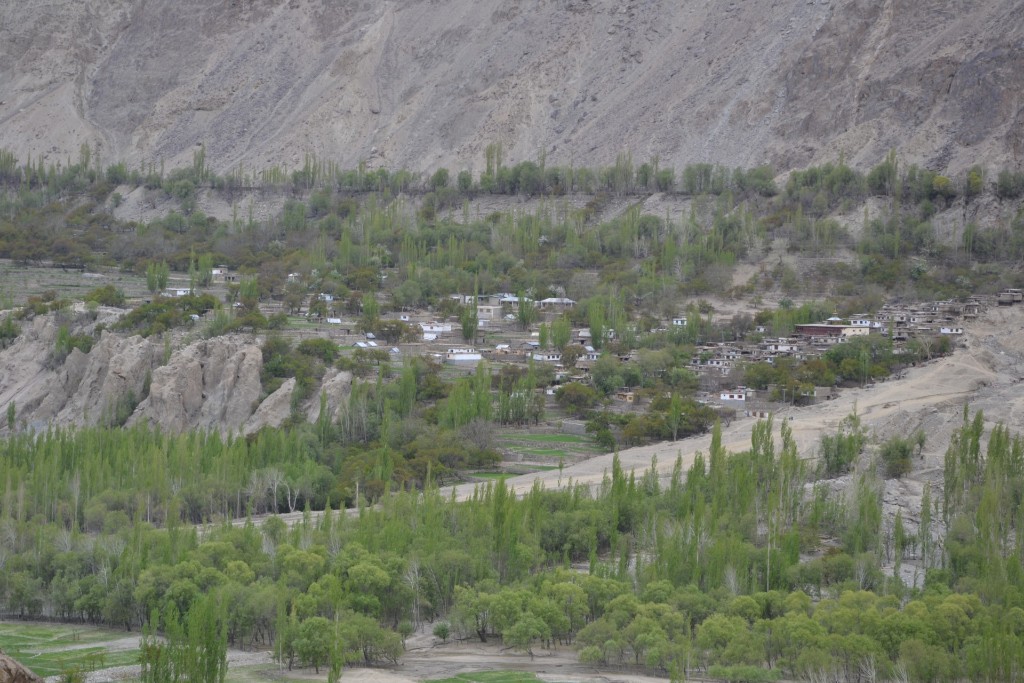 |
Abbildung 1: Die Ortschaft Talis im Hushe-Tal. Rechts sieht man den durch eine Schlammlawine 2010 zerstörten Ortsteil. Photo: Sigefried Rademacher (Mai 20120) |
Talis (Baltistan)
Talis (auch Thalis, Thallis und Tallis geschrieben) ist ein ca. 1 km nördlich von Machulu im Hushe-Tal gelegenes Dorf in Baltistan. Nach der Volkszählung von 1950 lebten dort 537 Personen. 1960 betrug die Einwohnerzahl 571 (Afridi, S. 276). Die alte Khanqa-Gebetshalle dieses Ortes wurde in den letzten Jahren durch ein völlig neues Gebäude mit je einer Veranda nach Osten und nach Süden ersetzt. Es handelt sich hierbei um einen großen Hallenbau ohne weitere Nebenräume. Der östlich der Khanqa gelegene alte Ortskern ist wie in den Orten Kuru, Yugo und Garbong-Kharku so kompakt gebaut, daß die Hauseingänge nur über überbaute Gänge zugänglich sind. Im August 2010 wälzte sich nach Starkregen in dem nördlich des alten Ortskerns gelegenen Bergbach eine Schlammlawine zu Tal, die einen Teil des Ortes völlig zerstörte.
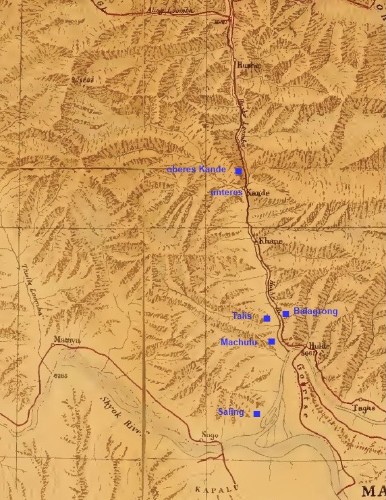 | | 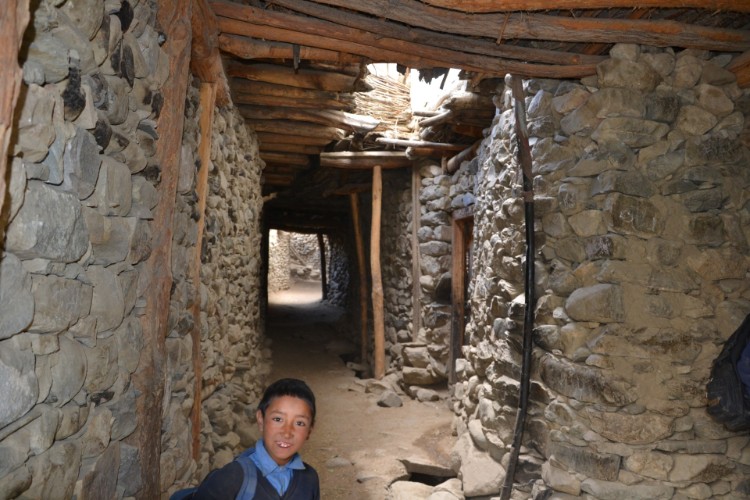 |
Abbildung 2: Lage von Talis im Hushe-Tal. Ergänzter Ausschnitt einer Karte von Workman | | Abbildung 3: Überbaute Gänge führen zu den Hauseingängen im alten Ortsteil von Talis. Photo: Siegfried Rademacher (Mai 2012) |
Zu dieser Katastrophe des Jahres 2010 liegt ein im Internet veröffentlichter Bericht von Shamshair Ali, General Coordinator of the Felix Baltistan Machulo Iñurrategi Foundation, vor, der nachfolgend in Teilen wiedergegeben wird (http://www.baltistan.eu/news/letter-of-shamshair-ali):
„Specifically, I want to tell what happened in the town of Thalis, in the region of Baltistan. On August 6 2010, the people of Thalis were devoted to the routine work of the land, as any normal day: picking up the last of the apricots, harvesting the wheat, gathering firewood, caring for the animals. It's time to store food for the gruelling winter ahead. Please note that here in the foothills of the Karakoram, every winter temperatures reach 15 to 20 degrees below zero.
During the afternoon and evening it was raining and at two in the morning of 7 August, the avalanche began as a flood of mud and huge rocks, many the size of houses, which took half the town ahead of it. There were shouts of those who first heard the noise and tried to alert the rest, but unfortunately 15 people were killed and five others were missing.
Thalis is just one kilometre from Machulo, where I live. When we went to Thalis, the situation was much more horrible than we imagined. We tried everything we could to rescue and care for the injured. In total, more than 50 houses were destroyed and more than 400 people affected. There was no housing, no land, no crops, no fruit, nothing to store.”
Vermutlich wurde ein Großteil der zerstörten Häuser in den letzten Jahrzehnten außerhalb des alten Ortskerns in einer gefährdeten Zone neu errichtet.
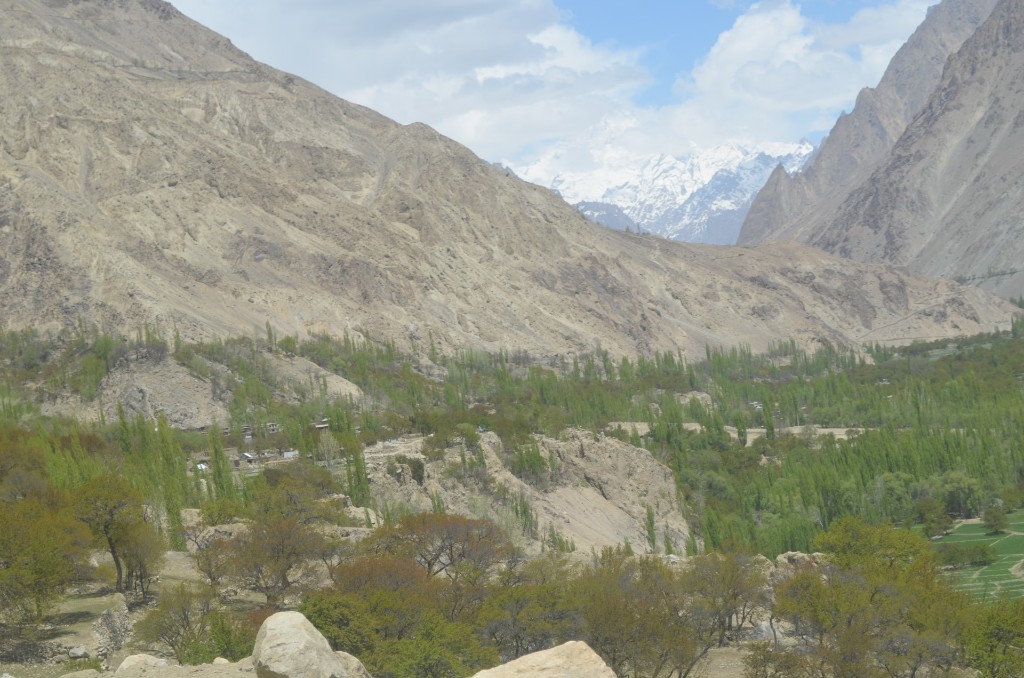 |
Abbildung 4: Die Oase Talis von Süden aus photographiert (Mai 2012) |
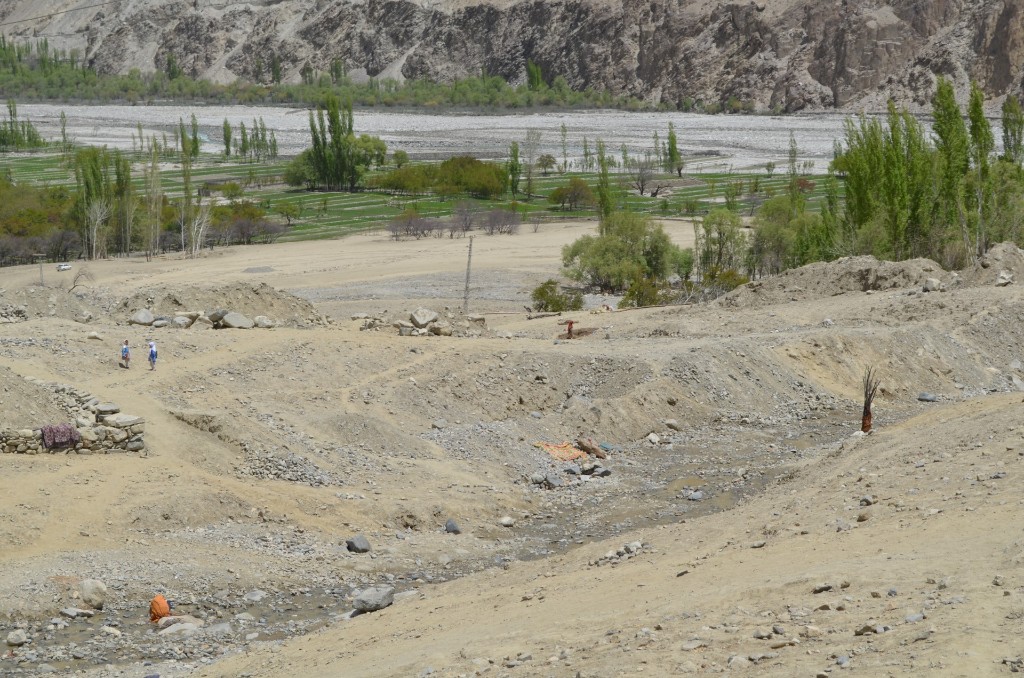
|
Abbildung 5: Der durch eine Schlammlawine 2010 zerstörte Ortsteil von Talis (Mai 2012) |
 |
Abbildung 6: Die große Khanqa-Gebetshalle von Talis oberhalb des alten Ortskerns (Mai 2012) |
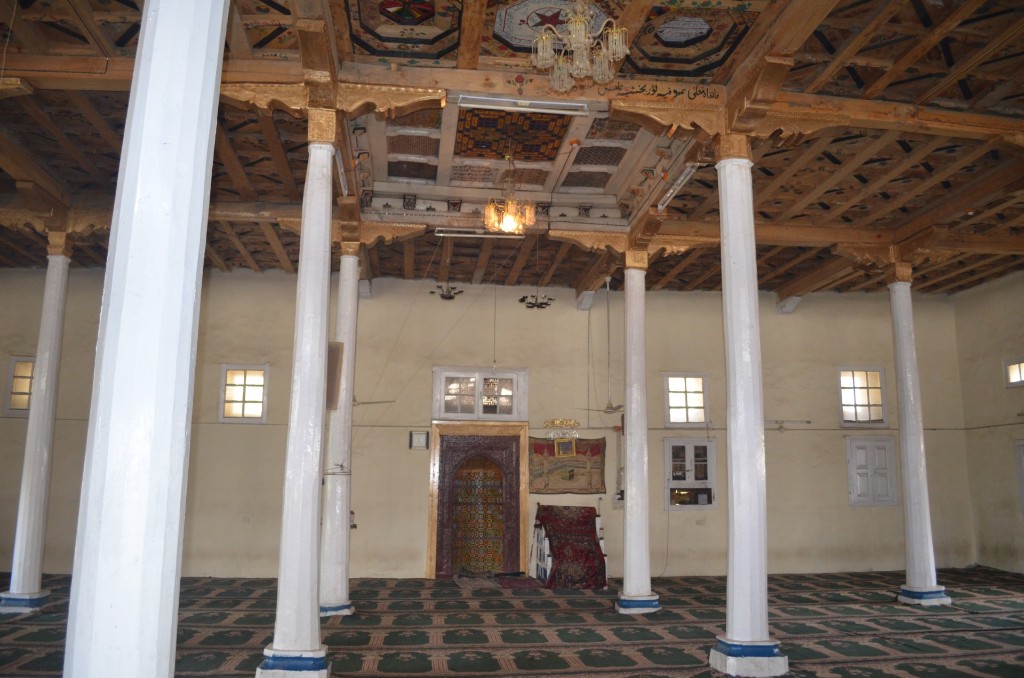 |
Abbildung 7: Der Innenraum der große Khanqa-Gebetshalle von Talis. Photo: Muhammad Kamal (Mai 2012) |
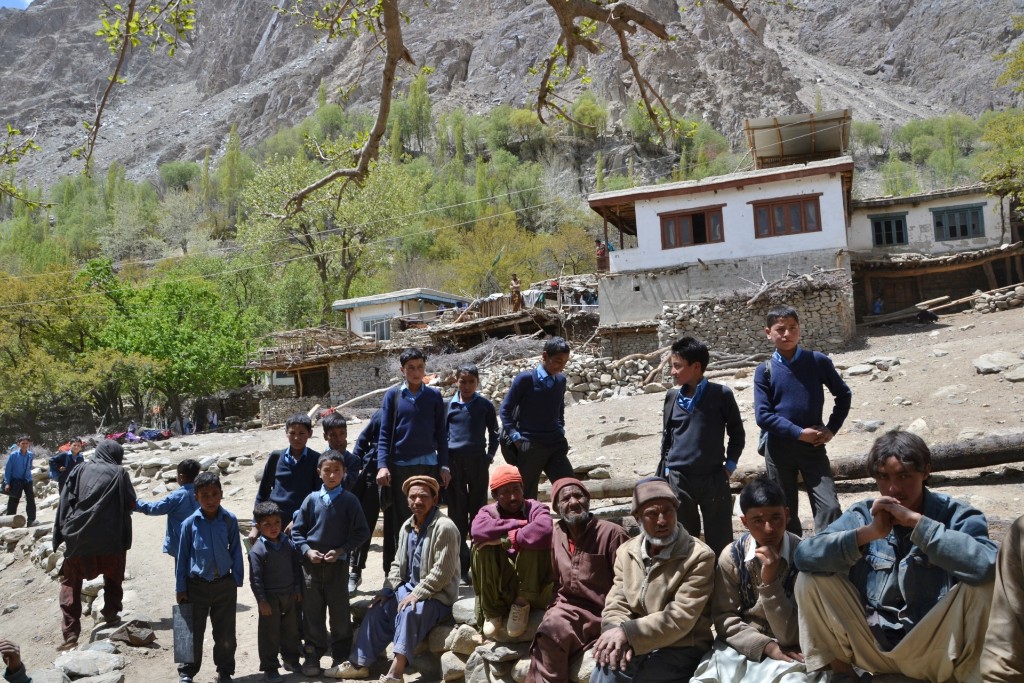 |
Abbildung 8: Menschenauflauf bei der Ankunft von Fremden in Talis. Photo: Siegfried Rademacher (Mai 2012) |
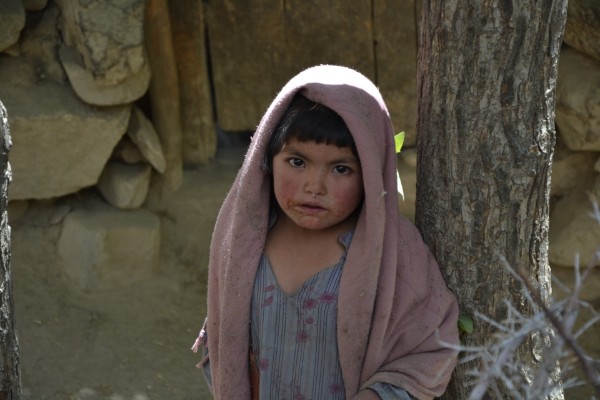 | | 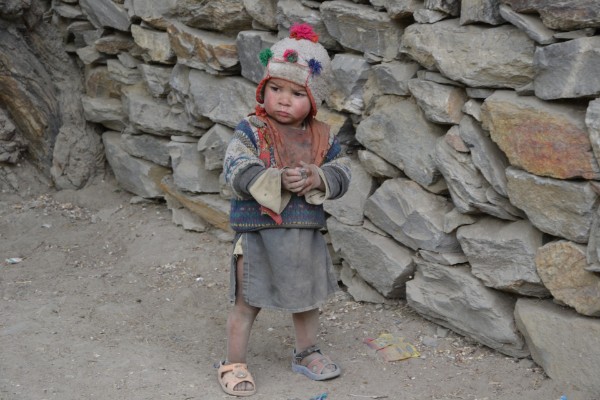 |
Abbildung 9: Kind aus Talis. Photo: Siegfried Rademacher (Mai 2012) | | Abbildung 10: Kind aus Talis. Photo: Siegfried Rademacher (Mai 2012) |
Literatur
Banat Gul Afridi: Baltistan in History. Peshawar 1988
Shamshair Ali: Brief zur Katastrophe des Jahres 2010 in: http://www.baltistan.eu/news/letter-of-shamshair-ali
Dieter Schuh: Reise in die Geschichte Baltistans, 3 Bd. Andiast 2011
Fanny Bullock Workman and William Hunter Workman: Two Summers in the Ice-Wilds of Eastern Karakoram. The Exploration of nineteen hundred Square Miles of Mountain and Glacier. New York [1917]
Autor: Dieter Schuh, 2012
Für wissenschaftliche Zitationen benutzen Sie bitte nur die gedruckte Ausgabe/For scientific quotation please use the printed edition only.





